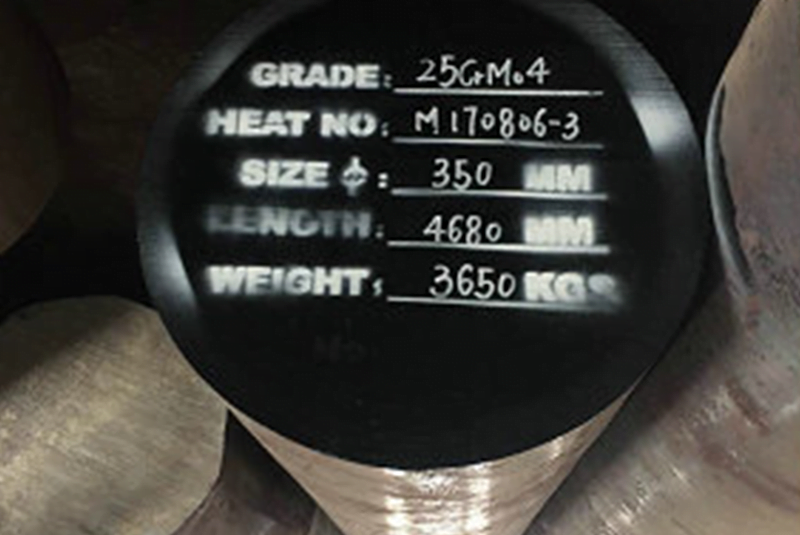Introduction
Alloy steel is a critical material in various industries due to its enhanced mechanical properties and versatility. Whether you’re involved in construction, manufacturing, automotive, or aerospace, choosing the right alloy steel for your project can significantly impact the success and durability of your work. This comprehensive guide aims to provide valuable insights into selecting the most suitable alloy steel for your specific needs.
Understanding Alloy Steel

What is Alloy Steel?
Alloy steel is a type of steel that includes additional elements such as nickel, chromium, molybdenum, vanadium, silicon, and boron. These alloying elements are added to improve the steel’s mechanical properties, including strength, hardness, toughness, and wear resistance.
Types of Alloy Steel
There are two main categories of alloy steel:
Low Alloy Steel: Contains up to 5% of alloying elements. It offers improved mechanical properties over carbon steel while being relatively cost-effective.
High Alloy Steel: Contains more than 5% of alloying elements, offering superior performance in terms of strength, hardness, and corrosion resistance.
Properties of Alloy Steel
Alloy steel’s properties can be tailored to specific applications by varying the types and amounts of alloying elements. Key properties include:
- Strength: Enhanced tensile and yield strength.
- Hardness: Increased resistance to deformation and wear.
- Toughness: Ability to absorb energy and withstand impact.
- Corrosion Resistance: Improved resistance to rust and oxidation.
- Machinability: Easier to cut, shape, and finish.
Factors to Consider When Choosing Alloy Steel
Project Requirements
Before selecting an alloy steel, it’s essential to understand the specific requirements of your project, including:
- Load-Bearing Capacity: Determine the required strength and load-bearing capacity.
- Environmental Conditions: Consider exposure to corrosive environments, high temperatures, or extreme weather.
- Wear and Tear: Assess the expected wear and abrasion resistance needed.
- Fabrication Methods: Evaluate the ease of machining, welding, and forming.
Alloying Elements and Their Effects
Different alloying elements impart unique properties to the steel. Here’s a table summarizing the effects of common alloying elements:
| Alloying Element | Effect on Steel Properties |
|---|---|
| Nickel | Increases toughness, corrosion resistance, and strength. |
| Chromium | Enhances hardness, wear resistance, and corrosion resistance. |
| Molybdenum | Improves strength, hardness, and high-temperature performance. |
| Vanadium | Increases strength, toughness, and wear resistance. |
| Silicon | Enhances strength and magnetic properties. |
| Boron | Improves hardness and strength. |
Industry Standards and Specifications
Ensure the selected alloy steel meets relevant industry standards and specifications such as ASTM, SAE, or ISO. These standards provide guidelines on chemical composition, mechanical properties, and testing methods.
Comparing Alloy Steel Grades
Different grades of alloy steel are available, each tailored for specific applications. Here’s a comparison of some commonly used alloy steel grades:
| Grade | Common Applications | Key Properties |
|---|---|---|
| 4140 | Automotive, industrial machinery | High strength, good fatigue resistance |
| 4340 | Aerospace, high-stress applications | High toughness, excellent strength |
| 8620 | Gears, crankshafts, fasteners | Good case hardening ability, wear resistance |
| 5140 | Structural components, axles | High tensile strength, good wear resistance |
| H13 | Tooling, die casting | High hot hardness, excellent toughness |
Application-Specific Recommendations

Construction Industry
For construction applications, consider alloy steels with high strength and good weldability, such as 4140 or 5140. These grades provide the necessary load-bearing capacity and durability for structural components.
Automotive Industry
In the automotive industry, alloy steels like 4140 and 8620 are popular for their combination of strength, toughness, and wear resistance. These properties are essential for parts like gears, shafts, and axles.
Aerospace Industry
The aerospace industry demands materials with exceptional strength-to-weight ratios and high toughness. Alloy steel grades like 4340 are ideal for high-stress components such as landing gear and structural parts.
Tool and Die Industry
For tooling and die applications, high alloy steels such as H13 are preferred due to their excellent hardness and resistance to high temperatures. These properties ensure longevity and performance under extreme conditions.
Conclusion
Choosing the right alloy steel for your project involves understanding your specific requirements, evaluating the properties imparted by different alloying elements, and considering industry standards. By carefully selecting the appropriate alloy steel grade, you can ensure the success and durability of your project.
FAQ
Q: What is the difference between low alloy steel and high alloy steel?
A: Low alloy steel contains up to 5% of alloying elements, while high alloy steel contains more than 5%. High alloy steel offers superior performance in terms of strength, hardness, and corrosion resistance compared to low alloy steel.
Q: How do I determine the appropriate alloy steel grade for my project?
A: To determine the appropriate alloy steel grade, consider your project’s load-bearing requirements, environmental conditions, expected wear and tear, and fabrication methods. Consult industry standards and specifications to ensure the chosen grade meets your needs.
Q: Can alloy steel be welded easily?
A: The weldability of alloy steel depends on its composition. Low alloy steels are generally easier to weld compared to high alloy steels. Preheating and post-weld heat treatment may be required to avoid cracking and ensure strong welds.
